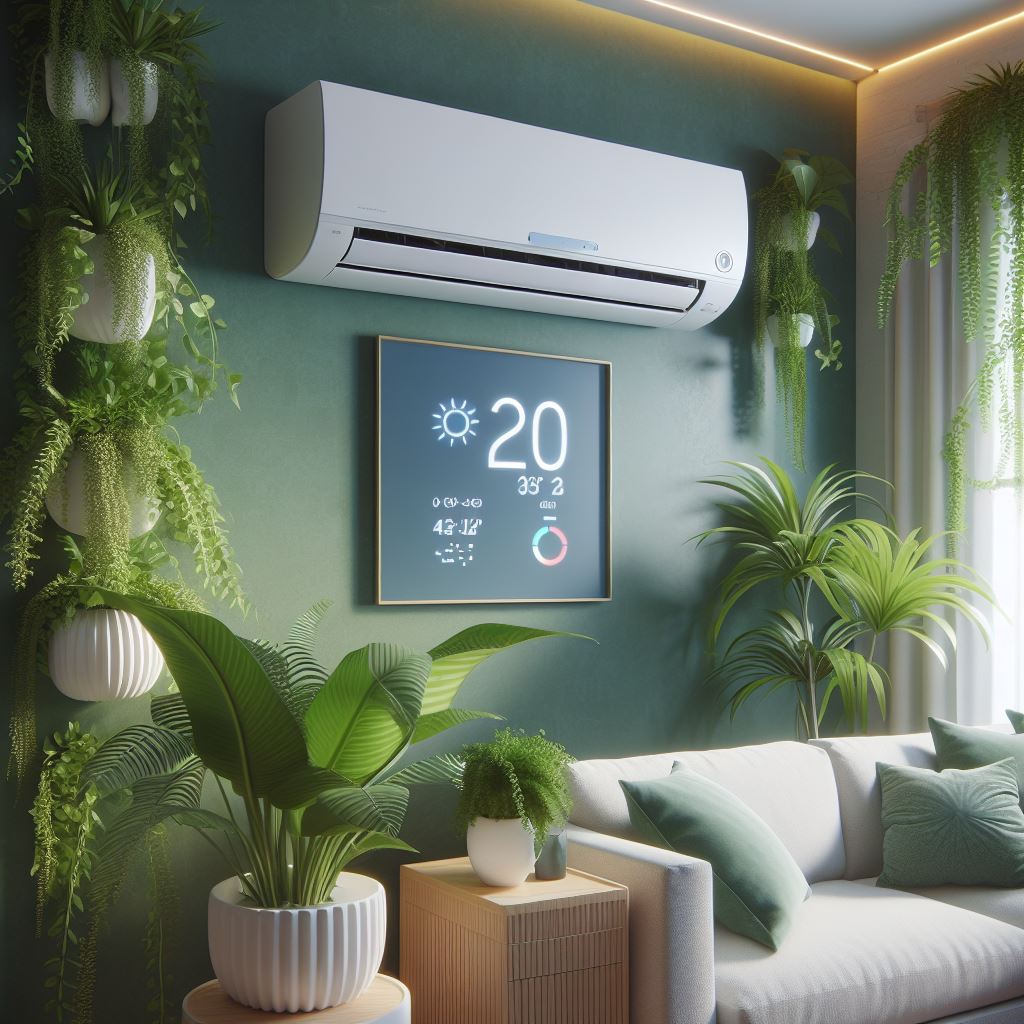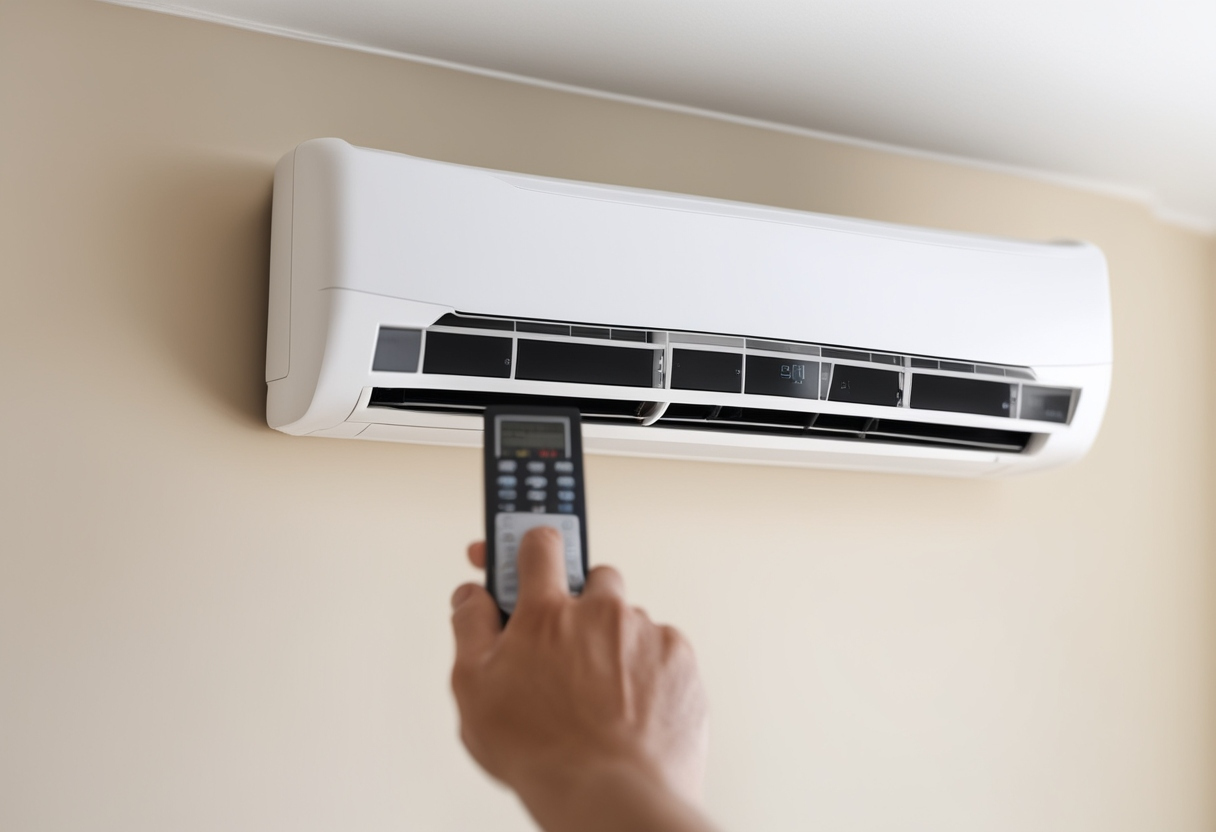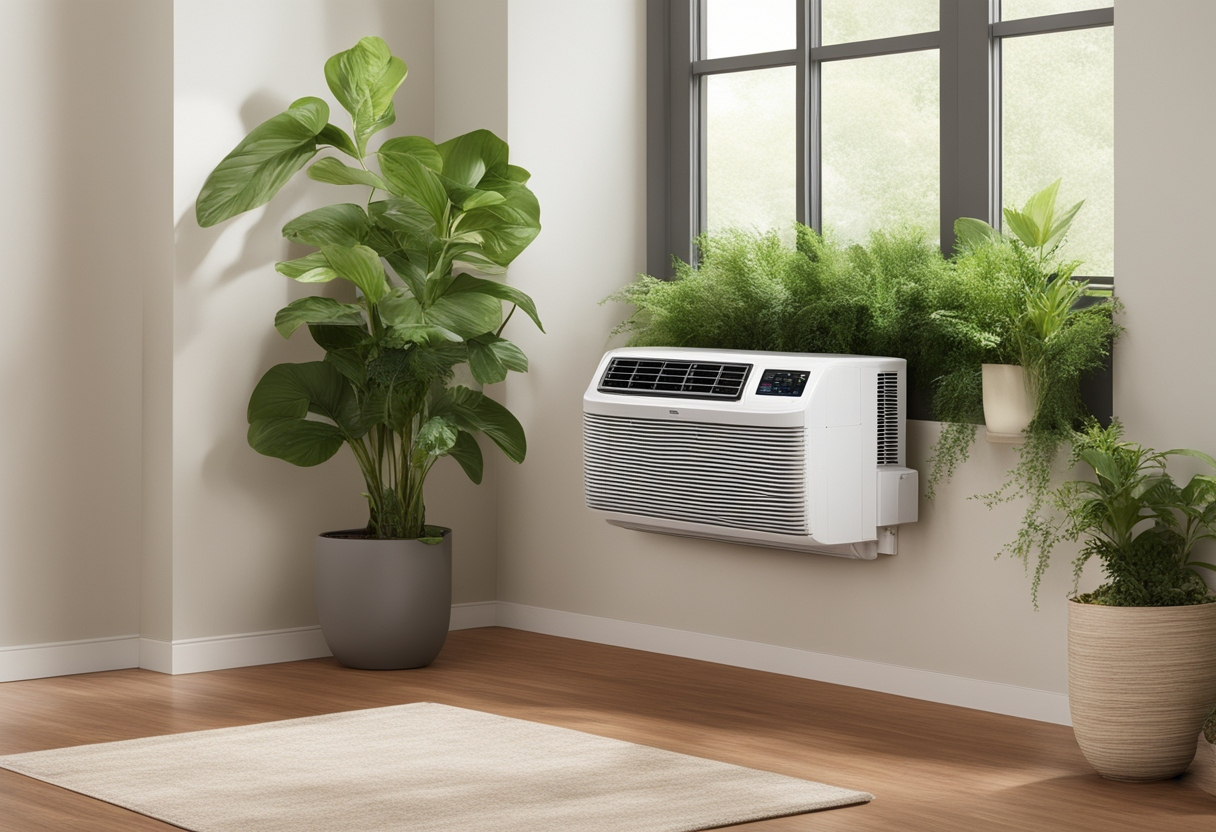The Role of MLCC in Air Conditioner

Multilayer Ceramic Capacitors (MLCCs) play a crucial role in the functionality and efficiency of modern air conditioning systems. These tiny components serve as energy storage devices, helping to regulate voltage and current levels within the system. Without MLCCs, air conditioners would struggle to maintain consistent performance and energy efficiency.
Importance of MLCCs in Air Conditioners
One of the key reasons MLCCs are so important in air conditioners is their ability to handle high temperatures. Air conditioning units can generate a significant amount of heat during operation, especially in hot climates or when cooling large spaces. MLCCs are designed to withstand these high temperatures, ensuring that they continue to function reliably over time.
Additionally, MLCCs are known for their high capacitance values, which allow them to store and release energy quickly. This is essential in air conditioning systems, where rapid changes in voltage and current are common. MLCCs help to smooth out these fluctuations, ensuring that the air conditioner operates smoothly and efficiently.
Another important aspect of MLCCs in air conditioners is their compact size. Air conditioning units are often installed in tight spaces, and manufacturers need to minimize the size of components wherever possible. MLCCs are small and lightweight, making them ideal for use in air conditioners where space is limited.

MLCC Specifications for Air Conditioners
When selecting Multilayer Ceramic Capacitors (MLCCs) for air conditioner applications, several key specifications need to be considered to ensure optimal performance and reliability. These specifications include capacitance, voltage rating, and temperature stability.
Capacitance: The capacitance of an MLCC determines its ability to store and release electrical energy. For air conditioners, MLCCs with higher capacitance values are often preferred, as they can help to stabilize voltage levels and reduce power fluctuations.
Voltage Rating: It’s crucial to select MLCCs with voltage ratings that exceed the maximum voltage levels expected in the air conditioning system. This ensures that the MLCCs can withstand the electrical stresses they may encounter during operation.
Temperature Stability: Air conditioners can experience a wide range of temperatures, from extreme heat to cold. MLCCs used in air conditioners should have excellent temperature stability, meaning they can maintain their capacitance values and performance across this temperature range.
Size and Package: The physical size and package style of MLCCs are also important considerations for air conditioner applications. MLCCs used in air conditioners should be compact and lightweight to minimize space requirements and facilitate easy installation.
Dielectric Material: The dielectric material used in an MLCC can impact its performance and reliability. For air conditioner applications, MLCCs with a stable and reliable dielectric material, such as Class 2 X7R or X5R, are often preferred.
ESR (Equivalent Series Resistance): The ESR of an MLCC affects its ability to handle high-frequency currents. Lower ESR values are generally preferred for air conditioner applications, as they can help to reduce power losses and improve efficiency.
By carefully considering these specifications, air conditioner manufacturers can select MLCCs that meet the specific requirements of their systems, ensuring reliable and efficient operation.
MLCC Reliability in Air Conditioners
Reliability is a critical factor in the selection of components for air conditioning systems, as downtime can result in discomfort for users and costly repairs for manufacturers. Multilayer Ceramic Capacitors (MLCCs) are known for their high reliability, making them an ideal choice for use in air conditioners.
One of the key factors contributing to the reliability of MLCCs is their construction. MLCCs are made up of multiple layers of ceramic material interleaved with metal electrodes. This construction makes them highly resistant to mechanical stress, vibration, and thermal cycling, all of which are common in air conditioning systems.
Additionally, MLCCs are known for their stable electrical properties over time. Unlike some other types of capacitors, MLCCs do not suffer from issues such as capacitance loss or leakage currents, even after years of operation. This reliability is crucial in air conditioning systems, where components are expected to operate for extended periods without failure.
Another factor contributing to the reliability of MLCCs is their ability to withstand high temperatures. Air conditioning units can generate a significant amount of heat during operation, especially in hot climates or when cooling large spaces. MLCCs are designed to withstand these high temperatures, ensuring that they continue to function reliably over time.
In conclusion, the reliability of MLCCs makes them an excellent choice for use in air conditioning systems. Their construction, stable electrical properties, and ability to withstand high temperatures make them well-suited to the demanding conditions of air conditioning applications, helping to ensure the long-term performance and reliability of air conditioning systems.

Challenges in Using MLCCs in Air Conditioners
While Multilayer Ceramic Capacitors (MLCCs) offer many benefits for air conditioner applications, there are also some challenges associated with their use. Understanding and addressing these challenges is essential for ensuring the optimal performance and reliability of air conditioning systems.
Temperature Considerations: Air conditioning systems can operate in a wide range of temperatures, from extremely hot to cold conditions. MLCCs used in air conditioners must be able to withstand these temperature extremes without experiencing performance degradation or failure.
Vibration and Mechanical Stress: Air conditioning systems can experience significant vibration and mechanical stress, especially in mobile or industrial applications. MLCCs must be able to withstand these conditions to ensure reliable operation over time.
High Voltage Spikes: Air conditioning systems can be subject to high voltage spikes, especially during power surges or lightning strikes. MLCCs used in these systems must have adequate voltage ratings to withstand these spikes without being damaged.
Size Constraints: Air conditioning units are often installed in tight spaces, requiring components like MLCCs to be compact in size. Balancing the need for high capacitance with the need for a small size can be a challenge in some cases.
Reliability Testing: Ensuring the reliability of MLCCs used in air conditioners requires rigorous testing, including temperature cycling, humidity testing, and vibration testing. This can add to the cost and complexity of using MLCCs in air conditioning systems.
Supply Chain Issues: The global supply chain for electronic components, including MLCCs, can be complex and subject to disruptions. Ensuring a stable supply of MLCCs for air conditioner production can be a challenge in some cases.
Future Outlook: MLCC Technology in Air Conditioners
The future of air conditioning systems holds exciting possibilities for the integration of Multilayer Ceramic Capacitors (MLCCs) to enhance performance, efficiency, and reliability. Several trends and advancements in MLCC technology are expected to shape the future of air conditioner design and functionality.
Miniaturization: As consumer demand for smaller, more efficient air conditioning units grows, MLCCs will play a crucial role in enabling miniaturization. Manufacturers will continue to develop MLCCs with higher capacitance values in smaller form factors, allowing for more compact and lightweight air conditioner designs.
Temperature Stability: MLCCs with improved temperature stability will be essential for air conditioning systems operating in extreme temperature environments. Future MLCCs are expected to maintain their performance and reliability over a wider temperature range, ensuring consistent operation in all conditions.
Energy Efficiency: MLCCs will continue to contribute to the energy efficiency of air conditioning systems. Advanced MLCCs will enable more precise control of system components, such as compressors and fans, reducing energy consumption without compromising performance.
Smart Features: The integration of MLCCs into the smart features of air conditioners will become more prevalent. MLCCs will be used in sensors, controllers, and communication modules, enabling remote monitoring and control of air conditioning systems for improved user convenience and energy management.
Reliability and Durability: Future MLCCs will be designed to withstand harsh operating conditions, such as high humidity and vibration, ensuring long-term reliability and durability of air conditioning systems.
Environmental Impact: Manufacturers will continue to develop MLCCs with environmentally friendly materials and manufacturing processes, reducing the environmental impact of air conditioning systems.
In conclusion, MLCC technology will continue to evolve and play a significant role in shaping the future of air conditioning systems. By leveraging the advancements in MLCC technology, manufacturers can develop more efficient, reliable, and environmentally friendly air conditioning solutions to meet the growing demands of consumers.
